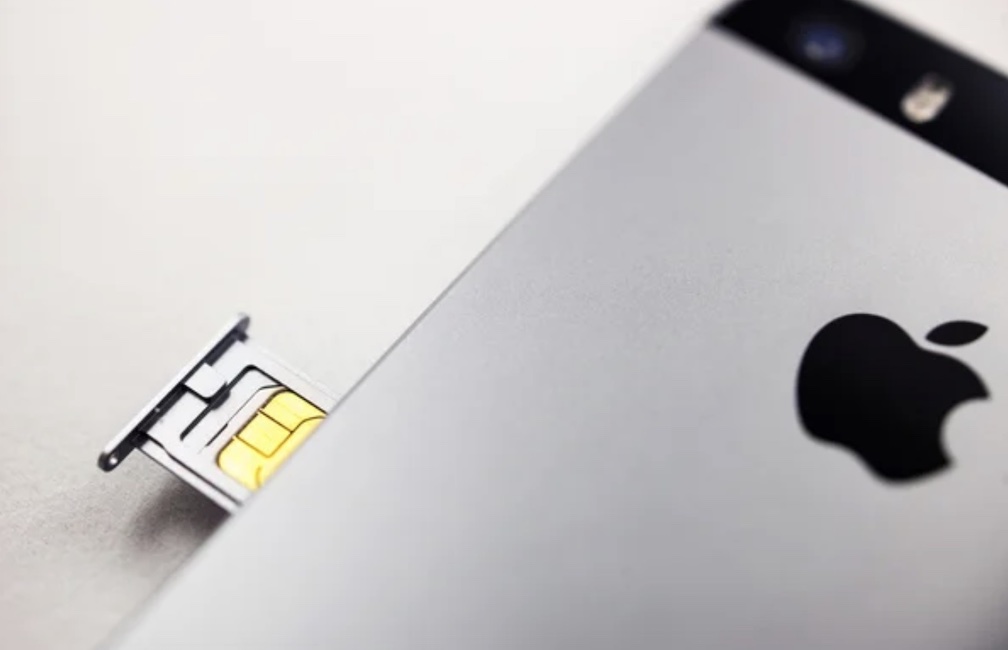Tips for Finding the Best Mobile SIM Card Plans for Your Needs

A SIM card plan is a subscription-based mobile plan that includes a SIM card and access to mobile network services such as calling, texting, and data. With a SIM card plan, users can easily connect to a mobile network and access the internet through their mobile devices. The plan usually includes a set amount of data, minutes, and texts each month, and users can choose to upgrade or downgrade their plan as per their needs.
With the rise of smartphones, SIM cards have become an integral part of our daily lives. They allow us to connect with friends and family, browse the internet, and stay up to date with news and events. However, with so many options available, choosing the best SIM card plan for your needs can be a daunting task. From data allowances to monthly fees and network coverage, there are several factors to consider when selecting a plan that suits your lifestyle and budget. Visit this link, https://www.m1.com.sg/promotions/simo-promotions, to learn more about the sim card plan.
Determine Your Usage Need
Before choosing a plan, it's important to determine your usage needs. This includes voice calls, text messages, and data usage. If you use your phone primarily for calls and texts, a plan with a limited amount of data may suffice. However, if you frequently use your phone for data-heavy activities such as streaming videos or music, you'll want to choose a plan with a higher data limit.
Consider Coverage
This will give you an idea of where you can expect to have reliable service. Keep in mind that coverage can vary depending on your location, so it's important to look at the coverage maps for the areas where you'll be spending most of your time.
Analyze Different Plan Options
This means taking a closer look at the various plans offered by different mobile carriers and comparing them based on features such as pricing, data limits, and voice and text messaging options.
Research Different Providers
Take time to research different providers in your area to find one that offers a plan that suits your needs, budget, and coverage requirements. Check out their websites, customer reviews, and ratings to get a sense of their services and reputation.
Consider Your Budget
To determine your budget, consider how much you can realistically afford to spend each month on your phone plan. This will depend on your income, expenses, and other financial obligations. Once you have a budget in mind, you can start looking for a plan that fits within your price range.
Identifying Special Deals or Bonuses
One of the first things to look for when searching for a SIM card plan is any special deals or promotions that may be available. Many mobile providers offer introductory discounts or other incentives for new customers, such as reduced rates or bonus data allowances. Some providers may offer loyalty programs or other rewards for long-term customers. These can include discounts on future bills, free data or calling minutes, or even exclusive access to special events or promotions.
Read The Fine Print
Before signing up for any plan, make sure to read through the terms and conditions carefully. Look for any information about additional fees or charges, such as activation fees, early termination fees, or charges for exceeding your data limit.

